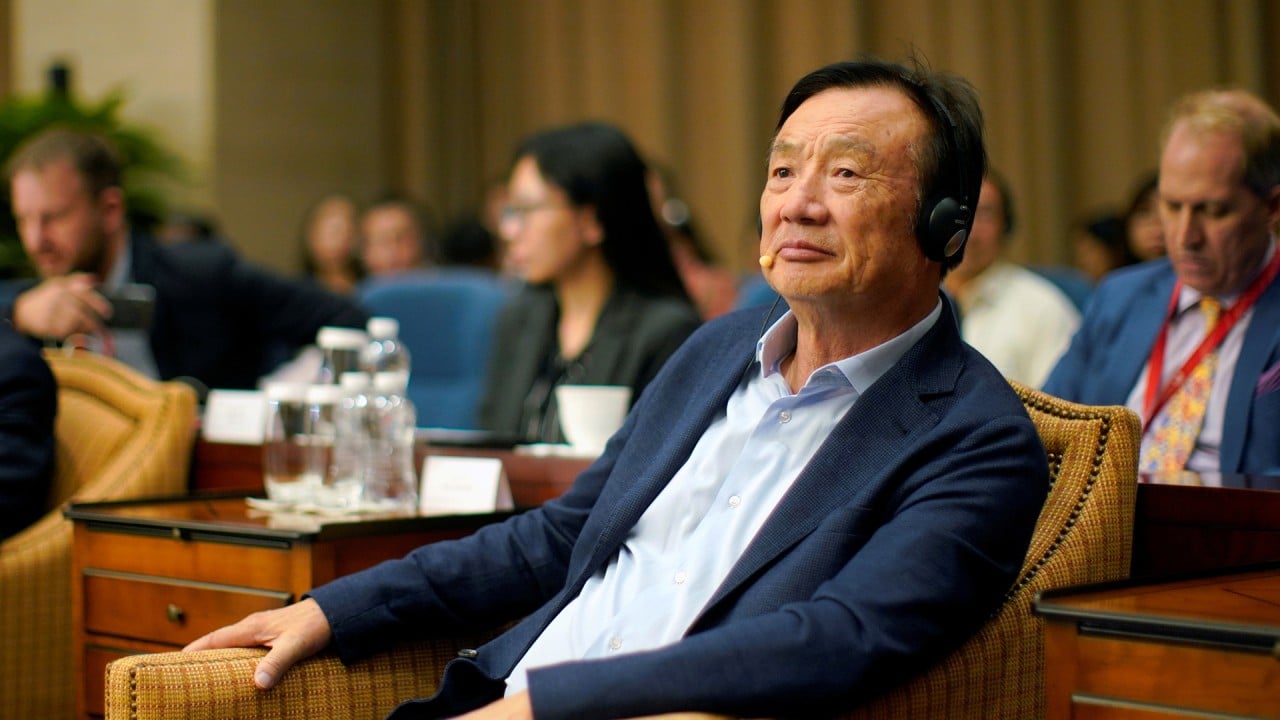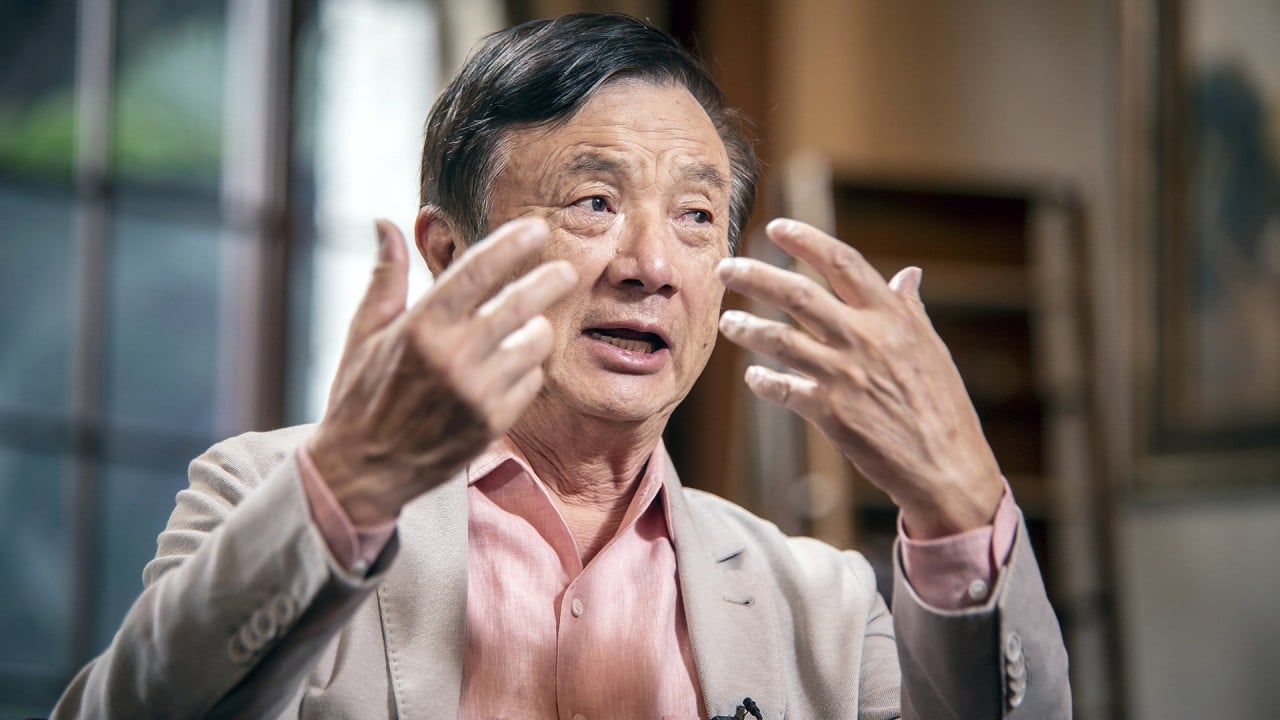
Huawei’s former budget smartphone unit Honor sets aggressive targets for 2021, but still needs greenlight from US
- In China’s domestic market, Honor is accelerating plans to open more stores to compete against rivals such as Xiaomi
- Leading US smartphone chip maker Qualcomm said last month that it had started talks with Honor executives over possible cooperation
The former budget smartphone unit of Huawei Technologies, which was sold last month as part of the telecoms giant’s response to US blacklisting, plans to boost its output by 40 per cent in 2021 despite uncertainties over its ability to source critical components from American chip suppliers.
Honor, formerly a flagship consumer brand run by Huawei, plans to produce 100 million handsets in 2021, an increase of 40 per cent from 2020, Nikkei Asia reported, citing unidentified sources. The company declined to comment on its production plan for 2021 when reached by the South China Morning Post.
If confirmed, it would mean that Honor, which is now officially owned by a consortium of 30 dealers led by a company backed by the Shenzhen government, is counting on Washington to allow chip suppliers such as Qualcomm and Mediatek to ship it components.
Huawei said in a statement on November 17 that it had sold the Honor brand. The move came after the US imposed tighter restrictions on Huawei in May this year, restricting its access to chips made with American software and technology, even if they were supplied by companies outside the US.
Huawei’s Ren Zhengfei says he hopes budget brand Honor will surpass Huawei
In China’s domestic market, Honor is promoting its mainstream 30 Pro model for 3,999 yuan (US$575). It is also accelerating plans to open more stores to compete against rivals such as Xiaomi, according to a report earlier this month by local media National Business Daily.
In a widely circulated farewell speech to Honor employees, Huawei founder and CEO Ren Zhengfei said the new Honor needed to cut all ties with its former parent and become a powerful competitor. “After the sale, Honor must quickly resume production under the new leadership to solve problems with upstream and downstream partners,” Ren said.
However, uncertainty lingers as it is not clear whether Washington will grant approval for US companies to supply chips to Honor after the spin-off from Huawei. The Chinese tech giant said it will not hold any shares or be involved in any business management or decision-making activities in the new Honor company after the sale, even though Honor’s management team, including its chairman Wan Biao and chief executive Zhao Ming, are Huawei veterans.

05:11
Huawei founder shares his relationship with family and his personality
Leading US smartphone chip maker Qualcomm said last month that it had started talks with Honor executives over possible cooperation. Separately, Taiwan-based Mediatek said it is studying whether it can supply Honor and still comply with US rules.
However, it is still an open question whether the US Department of Commerce, which administers the export licenses, will be convinced that Honor is now an independent entity from Huawei.
Honor’s sales target of 100 million handsets next year is “aggressive” given that successful execution depends on key factors outside its control, said Canalys vice-president of mobility Nicole Peng. “First is the political risk and ability to source 5G components, and second is competition. All vendors are doing their best to compete for Huawei’s customers, including Apple,” she said.
“If [Honor] can achieve production of 100 million units, that would put them in the top five or top six smartphone vendors globally,” said Peng. “It is achievable if Honor can take over all the Huawei market share in China.”
Handed a 5G lifeline by Trump, Japan races to catch up to Huawei
In the first three quarters of the year, Honor shipped 38 million handsets globally, according to Canalys, with full year shipments expected to reach 50 million.
“It is understandable that they have come up with an aggressive plan because that will help them secure more resources and supply chain support,” Peng added.
Honor and Huawei declined to comment on the shipment forecasts.
Honor has a “very good brand and global footprint as well as an experienced team,” said Will Wong, an analyst at market research firm IDC in Singapore. “But there is uncertainty over the political risks it faces in the future”, he added.

03:19
Huawei’s Ren Zhengfei says he drew on the best of US politics and business to found telecoms giant
Since it was launched in 2013, Honor has become one of the most popular Chinese smartphone brands, with shipments reaching 70 million units in 2019. The brand has generated more than US$10 billion in revenue since its inception, according to Huawei. IDC estimated that Honor accounted for 28 per cent of Huawei’s total smartphone shipments in the first half of this year.
Nikkei Asia reported that Huawei plans to ship nearly 60 million handsets next year, slightly more than the 51.7 million it shipped in the third quarter of this year, which represented a 14.9 per cent market share, according to Canalys.
Huawei’s global smartphone market share is expected to fall to just 4 per cent in 2021, TrendForce researchers predicted in a note.
Huawei is now ramping up efforts to diversify its product line given that its smartphone business has taken a hard hit from US restrictions. On Monday it launched a smart screen for cars as part of its broader smart home strategy.

